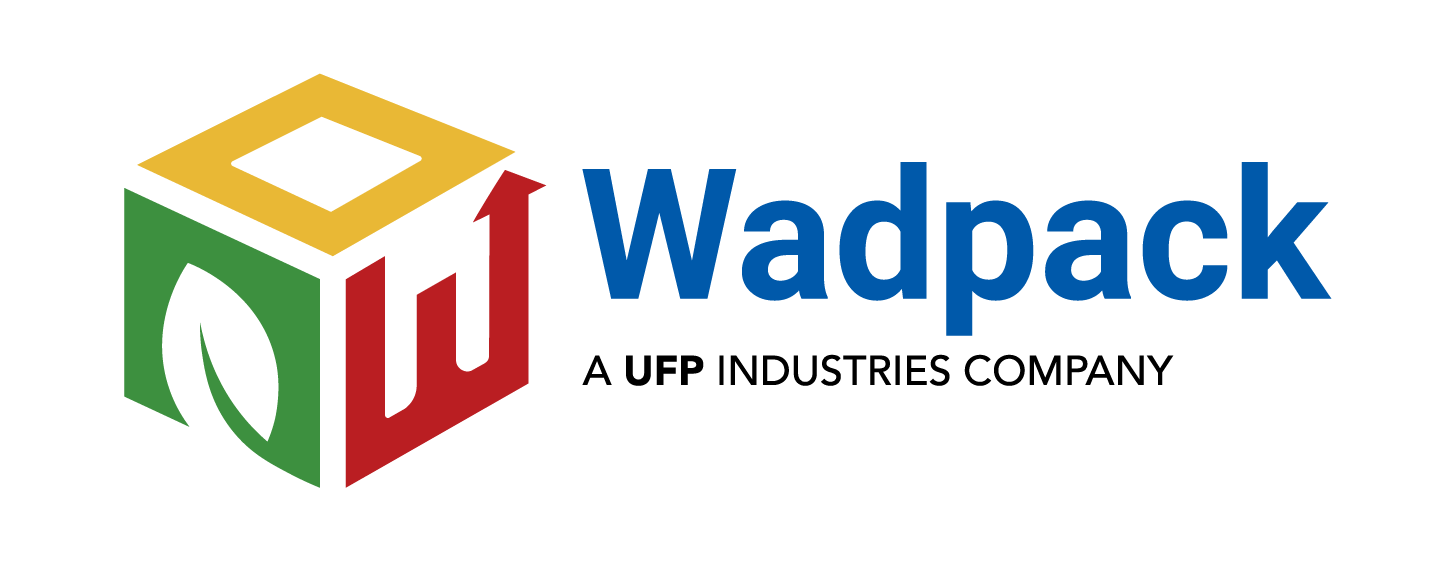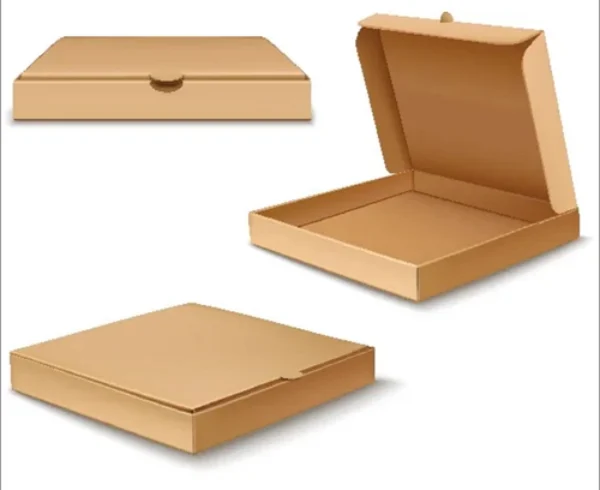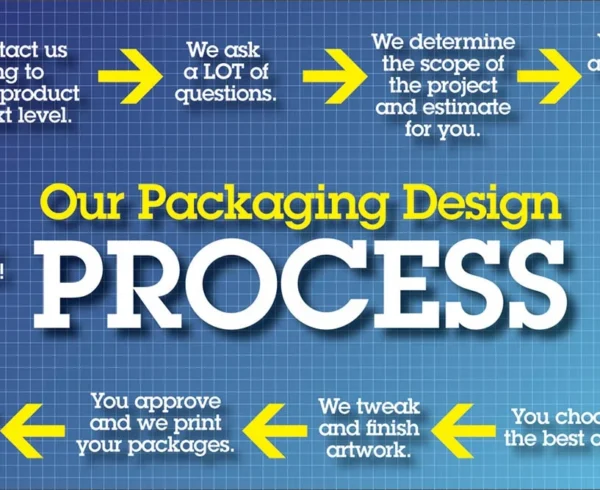What types of adhesives do you use in your corrugated boxes, and how do they affect the strength and durability of the product?

Corrugated boxes are typically made of three layers of paper: an outer liner, an inner liner, and a fluted medium layer. The layers are bonded together using adhesive to create a strong, durable container that can withstand the rigors of shipping and handling.
There are several types of adhesives that can be used in corrugated boxes, including:
- Starch-Based Adhesives: Starch-based adhesives are made from natural starches and are commonly used in corrugated boxes. They are an environmentally friendly option that is biodegradable and compostable. Starch-based adhesives are also easy to apply and can be recycled with cardboard.
- Synthetic Adhesives: Synthetic adhesives are made from chemicals and are often used in high-speed manufacturing processes. They offer excellent bonding strength and are resistant to moisture and humidity. However, they are not biodegradable and may release harmful chemicals during the manufacturing process.
- Hot-Melt Adhesives: Hot-melt adhesives are applied in a molten state and solidify as they cool. They offer fast bonding speed and are commonly used in high-speed manufacturing processes. Hot-melt adhesives are also resistant to temperature changes and provide excellent adhesion to a variety of substrates.
The type of adhesive used in a corrugated box can have a significant impact on the strength and durability of the product. A high-quality adhesive can ensure that the box stays intact during shipping and handling, while a low-quality adhesive can lead to failure and damage to the product inside. Starch-based adhesives are an environmentally friendly option that is biodegradable and compostable. However, they may not offer the same level of bonding strength as synthetic or hot-melt adhesives. Manufacturers may need to use more adhesive or adjust their manufacturing processes to compensate for the lower bonding strength.

Synthetic and hot-melt adhesives offer excellent bonding strength and resistance to moisture and humidity. However, they may not be as environmentally friendly as starch-based adhesives. Manufacturers should consider the environmental impact of their adhesives and choose the most suitable option based on their needs.
What is the lead time for manufacturing and delivering bulk orders of your packaging products?
The lead time for manufacturing and delivering bulk orders of packaging products can vary depending on several factors, including the type of product, the quantity ordered, the complexity of the design, and the location of the manufacturer and customer.
Generally speaking, lead times for manufacturing and delivering bulk orders of packaging products can range from a few days to several weeks or even months. Some manufacturers may be able to provide rush orders for an additional fee, while others may require longer lead times for custom designs or larger quantities.
To ensure timely delivery of packaging products, it is important to work with a reputable manufacturer that has experience producing the type of product you need. This can help to minimize delays and ensure that the product meets your specific requirements.
When placing a bulk order for packaging products, it is important to communicate your needs and deadlines with the manufacturer up front. This can help to ensure that they can accommodate your requirements and provide a realistic estimate of the lead time for manufacturing and delivering your order.





Leave a Comment